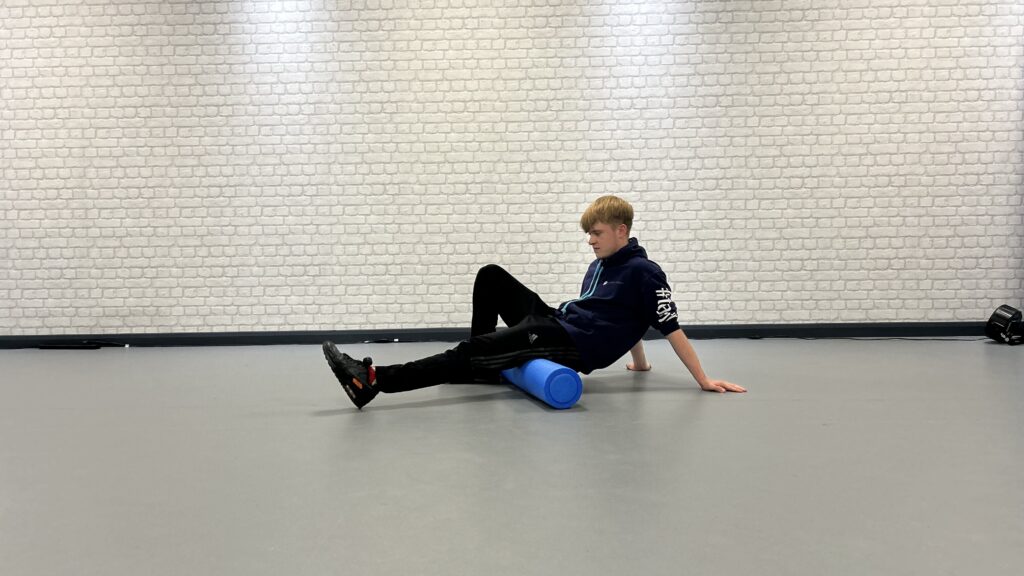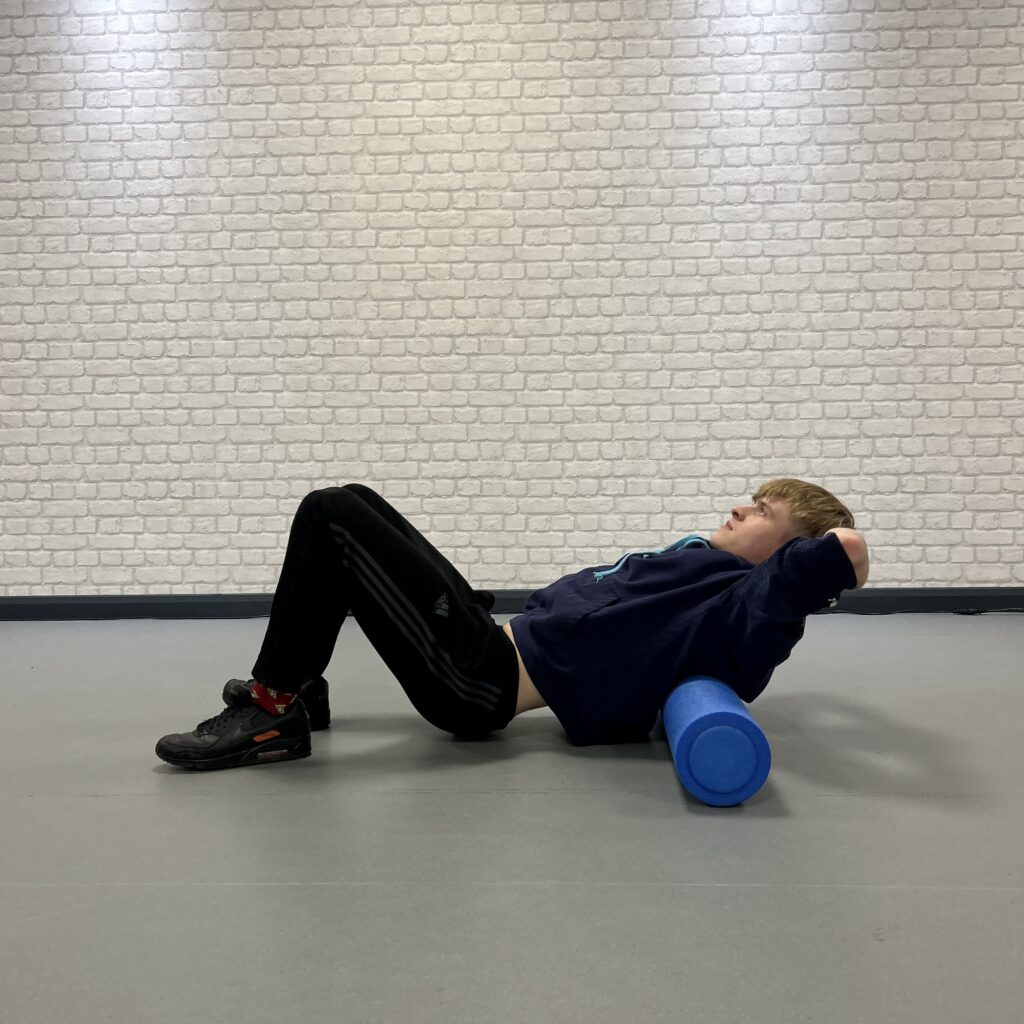Rest and recovery from your sessions is incredibly important when training for fitness/gaining muscle. There are many ways to recover in the gym, from stretching, and using foam rollers to deloading. In this blog we’ll have a little look into each…
Stretching –
There are a few different types of stretches and each is used better in different scenarios. Dynamic stretches are better pre-workout to get the blood to muscles and limber up joints, and static stretches which are better post workout to stretch out tight/damaged muscles from the exercise. Due to muscles going through constant contractions, they build up tension and stress and naturally tighten due to damage inflicted, static stretching helps to release built up tension, therefore reducing pain and stiffness and allowing faster recovery. Static stretches can also improve circulation, which can decrease stress levels and anxiety. Stretching post exercise shouldn’t be painful, so don’t force stretches further than you can already feel them.
A common mistake when stretching is holding your breath, but this completely ruins the point in stretching as you are getting less oxygen into the muscle. The oxygenated blood going through the muscle when stretching helps shift lactic acid and other by-products. Another is rushing through stretches so take your time, deep breaths, and no forcing stretches further than necessary.
Foam rolling –
Foam rolling is a myofascial release technique which helps to relieve muscle tightness and soreness, reduce inflammation and improve range of motion. Like stretching, foam rolling can be done before or after exercise. Foam rolling breaks down scar tissue and increases blood flow into damaged muscle tissue.
Foam rolling also works fascia, a soft tissue that attaches muscle to muscle and is necessary for support and movement. Fascia must stay mobile due to its elasticity, but due to intense exercise, poor posture, stress, and other lifestyle factors, it can tighten, restricting movement and causing pain.
Due to increased range of motion, lengthened muscles and broken-down scar tissues, foam rolling can help to prevent further injuries, fix poor posture, and correct muscular imbalance.
Foam rolling is a fairly simple process. Roll over the muscle intended for 1-2 minutes, stopping and holding on any particularly tight spots for 30 seconds, it’ll be uncomfortable, but you will feel this gradually ease. Staying relaxed whilst foam rolling is extremely important, squeezing muscles to ‘ease discomfort’ can cause cramps/dull the results of foam rolling. If an area is too painful to roll, adjust the roller to a different position and roll around the area, which will also help ease the pain.
It is also beneficial to stretch after foam rolling, the combination of both can lead to even further improvements.


Deloading –
A deload week is when a weightlifter will have a week where they intentionally reduce volume, intensity or both to slow fatigue and recover whilst remaining active. Deload weeks are perfect for extremely active lifters/exercisers to help avoid overtraining, push through plateaus and recover from periods of decreased energy.
Deload weeks can be pre-programmed into your routine, usually between every 4-6 weeks, regardless of how you feel, which works fine but isn’t the most effective way to use these. Deload weeks, however, are most effective when your body needs it. Some symptoms you may have when in need of a deload:
- Reduced strength, endurance, stamina, flexibility, and grip strength.
- Low energy, poor sleep, poor nutrition, loss/increase in appetite.
- Peaking on performance.
- Completing high volume, intensity or distance cycles.
A deload week isn’t a week off, it’s a shift of focus in intensity to allow the body to recover and break fatigue. They are also not entirely down to the session itself. If you usually train first thing in the morning, try sleeping in longer and training slightly later in the morning. Or if its late at night, try training slightly earlier so your body has a chance to lower its adrenaline levels before bed.
The main ways to complete a successful deload include:
- Reduce your training times in the gym by up to 50%.
- Reduce high impact exercise like running to low impact like swimming.
- Reduce intensity of sessions – longer rest periods, decrease speed, lower weights, lower volume.
- Different training – swap lifting for walking or yoga.
- Reduce training altogether – from 5/6 times a week down to 2/3.
- Increase hydration and focus on nutrition to correctly fuel your body.

